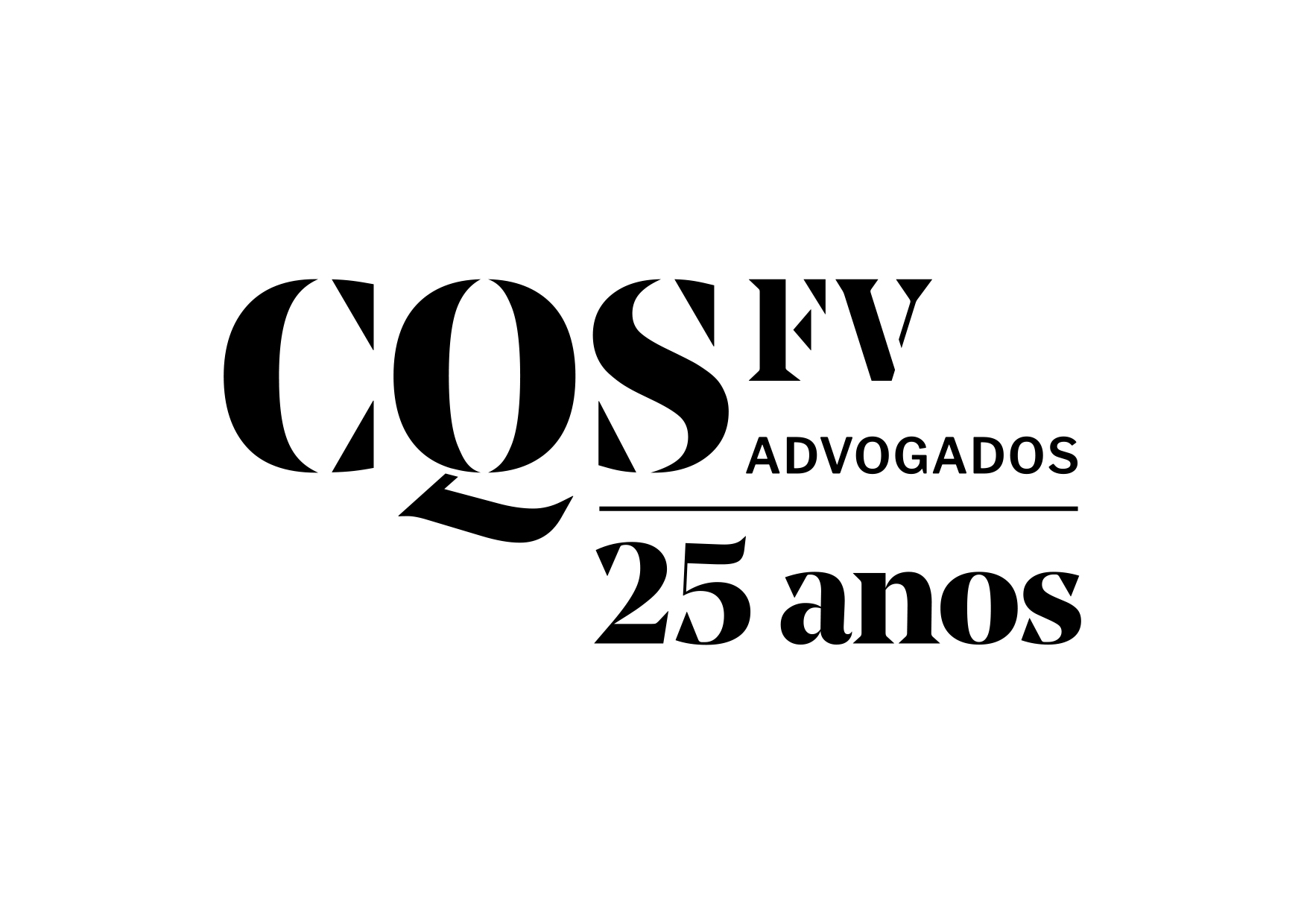In his new article, published on September 13th in the “Portal Exibidor,” Steve Solot, LATC President, and Associate for Latin America, Olsberg•SPI, highlights new threats to the Brazilian and Colombian industries and new positive measures announced by Spain to support and attract international audiovisual productions.
Below the English version of the article:
Threats to the Latin American Audiovisual Industry while Spain announces Progress in its Audiovisual Hub
Is Spain an example to be followed?
By Steve Solot
While Latin American policymakers still do not appreciate the positive benefits of the audiovisual industry, Spain continues to take important steps to consolidate its Audiovisual Hub and announce new measures to support and attract international audiovisual productions.
Brazil and Colombia take steps backwards
In recent weeks, we have witnessed important movements in Colombia and Brazil which, if implemented, threaten the future of local industries, thousands of jobs, and cultural expressions in the audiovisual productions which reach audiences around the world.
The proposed tax reform presented early last month by the new Colombian government led by President Gustavo Petro, includes the elimination of the audiovisual production incentives contained in Laws 814/2003 and 1556/2012. Immediately, various organizations in Colombia issued a declaration in defense of the incentives which have made Colombia one of the Latin American countries which produces more film and television content and achieved a high reputation in the international marketplace.
In Brazil, the Bolsonaro administration has introduced the annual budget proposal for 2023 which includes the extinction of the Condecine, giving up U$1.2 billion in tax collections. The Condecine or Contribution for the Development of the National Film Industry, is a CIDE (Contribution of Intervention in the Economic Domain) which ensures the functioning of the Brazilian audiovisual sector.
It is a contribution (tax) levied on the profit of audiovisual entities, such as exhibitors, free and pay TV networks, among others. It is mechanism for the industry to support itself since it is not charged to individuals or legal entities outside the audiovisual sector. If implemented, the extinction of Condecine would benefit the telecommunications companies that have long criticized the contribution.
Is it possible that these two negative measures represent a new trend in the region aimed at dismantling the audiovisual industry in favor of political interests?
Spain’s strategic advances
While this news from Colombia and Brazil worries the audiovisual sector of other Latin American countries and puts them on high alert if similar measures are adopted in their respective countries, in Spain the government and the private sector continue to announce major measures to consolidate the sector and ensure its international competitiveness.
Launched in May, the new Spain Audiovisual Bureau (SAB) acts as an information facilitator, responding to inquiries from international producers on the processing of filming permits, tax incentives, among others.
The SAB was conceived as a centralized information service that directly answers all the most basic questions. For more complex queries, the agency calls upon its network of partners: for questions about work visas, it calls the Migration Department; for questions about co-production, it consults the Instituto de Cinema, ICAA; for tax incentives, the Secretary of Finance. Other SAB partners are regional trade and investment agencies, such as Europe Media Office Spain, and the country’s network of film commissions, led by the Spain Film Commission.
The SAB is part of the Spain AVS Hub, an initiative launched in March 2021 by the Spanish government with a budget of €1.6 billion to boost local film and TV production and encourage foreigners to film in the country. ICEX Spain Trade & Investment, the country’s export and domestic investment agency, estimates that the strategy will increase audiovisual production by 30% by 2025.
Spain has a long tradition of hosting major international filming. More recently, there has been a new boom in productions such as “Wrath of the Titans”, “Game of Thrones”, “House of the Dragon” and “Vampire Academy”, among many others, which have chosen Spain as their filming destination.
Incentives are na importante factor
There was an increase in incentives in March 2020, following strong lobbying by the Spain Film Commission, when the government set a new incentive rate of 30% on spending up to €1.1 million for international filming and for Spanish co-productions.
Another step in the consolidation of these policies was recently announced by the regional government of the Basque Province: a 70% tax credit for international and national film productions filmed in this province; one of the highest incentives in the world!
International productions are migrating to Spain, spending €263 million (US$266 million) in 2021, double the average from 2016 to 2019. All the major streamers are present in Spain, and according to Ampere Analysis, Netflix alone invested $303 million last year in Spanish originals, more than any other European country except the UK.
The latest development is the Spain Film Commission’s Five-Point Action Plan, which has a budget of US$5.1 million between 2021 and 2025, and which includes the Creation of the Talent Network, with a special emphasis on women who work in the industry, and the creation of mechanisms for 3D models of monuments, buildings or exceptional urban spaces, among others.
Latin American policymakers in the audiovisual sector could follow the example of the innovations and strategy that Spain is building.












